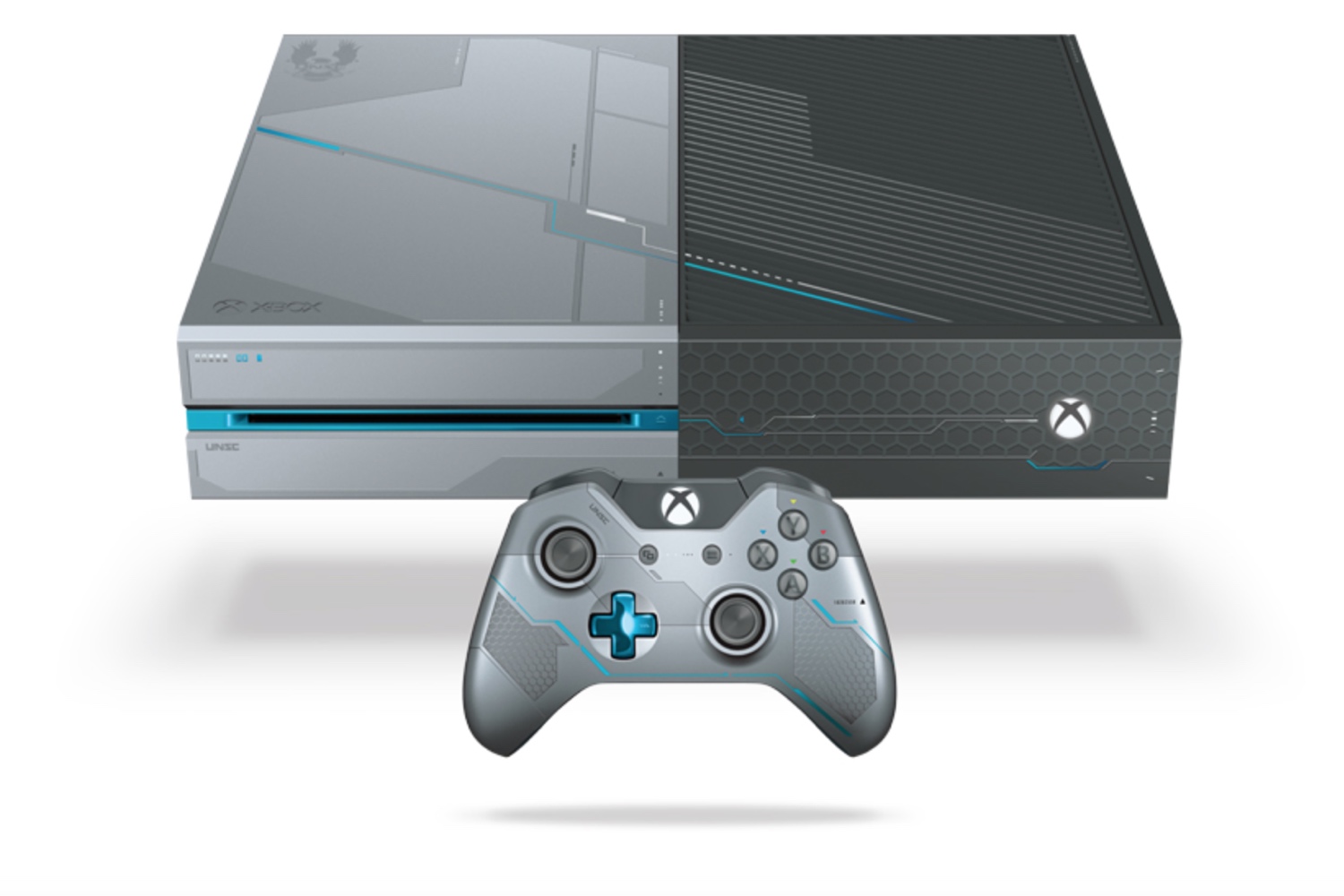
If you own an Xbox One and Windows 10, you can stream Xbox One games to your Windows 10 PC, this much we knew. But an intrepid Reddit user just discovered there’s something Microsoft’s not showing us: namely, a sequestered “very high” quality streaming option, for those with fast enough home networks. I just verified this works myself, and it’s a snap to implement, but fair warning your mileage is going to vary.
Before we get to any of that, here’s how to enable the setting:
Back to performance. By default, Microsoft sets Xbox-to-Windows-10 streaming quality at “Medium.” They also include a “Total Bandwidth” view that puts streaming metrics at your fingertips (you can enable it by clicking the icon left of the broadcast settings button).
On my system, just sitting at the Xbox One’s menu screen doing nothing on “Medium,” I can zip left or right through Metro’s tiles with virtually no audio or visual stuttering. My average bandwidth at this setting clocks 1-2 mbps, and quick shifting bumps my max up to 14 mbps, though we’re talking quick, manageable spikes.
Hopping into a Destiny session, visiting the tower hub, knocks my average bandwidth up to 6 mbps (though the max stays at 14 mbps). The visual quality at “Medium,” needless to say, is pretty much as advertised: middling quality, with distant details visibly blurry and a refocusing effect that kicks in each time you twist the camera. Even with your network performing optimally, the visuals look like they’re being upscaled from a significantly lower resolution.
Upshifting to “Very High,” by contrast, appears to offer native 1080p streaming. The Xbox One menu looks pristine at this level, and feels nearly as responsive as in “Medium” mode. My average bandwidth at this setting was slightly higher, about 2-3 mbps, with quick shifting bumping the max up to over 20 mbps, but still completely usable.
On “Very High,” Destiny appears to be visually near-flawless when stationary, though the average bandwidth leapt to 10-11 mbps (I still saw no spikes above 14 mbps during my brief test in the tower). That said, at those speeds, on my otherwise quiet 802.11n home network, once you start moving around you get into trouble. The audio cuts in and out frequently, and the visual feed drops too many frames—the curse of every game streaming service I’ve used, ever, from OnLive to Gaikai to PlayStation Now (it’s why, being enough of a visual snob to care about native graphics and smooth frame rates, I won’t stream games).
In summary then, it’s probably not worth the effort, save as a kind of visual curio—something to fiddle with while we wait for Microsoft to confirm and deliver what everyone’s really after: streaming PC games to the Xbox One.
More Must-Reads From TIME
- The 100 Most Influential People of 2024
- The Revolution of Yulia Navalnaya
- 6 Compliments That Land Every Time
- What's the Deal With the Bitcoin Halving?
- If You're Dating Right Now , You're Brave: Column
- The AI That Could Heal a Divided Internet
- Fallout Is a Brilliant Model for the Future of Video Game Adaptations
- Want Weekly Recs on What to Watch, Read, and More? Sign Up for Worth Your Time
Write to Matt Peckham at matt.peckham@time.com